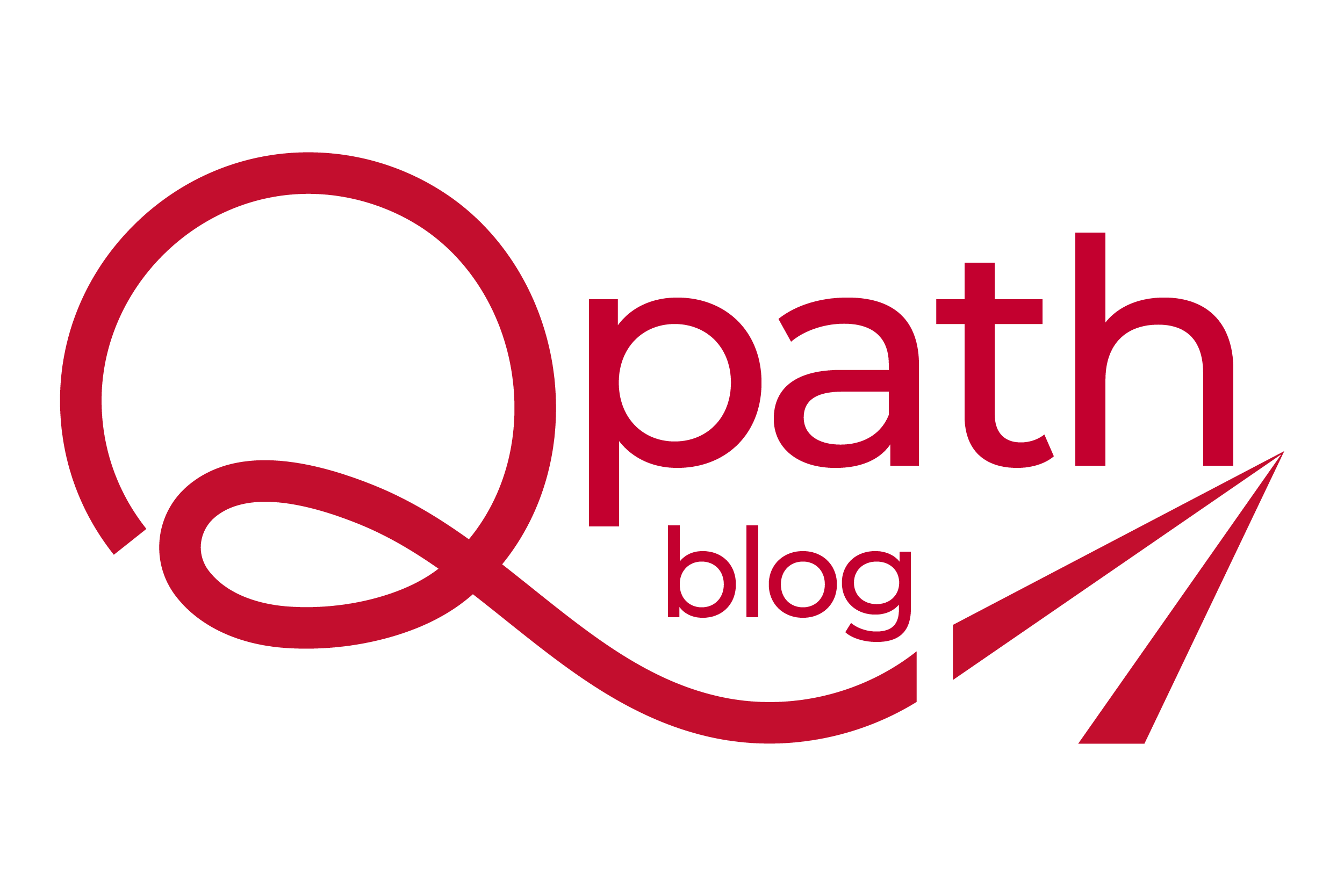
Healthcare workers undoubtedly share many challenges in common during the COVID-19 pandemic, but each specialty also has its own concerns. Providers of home and durable medical equipment (HME/DME) have been facing uncertainty related to both policy and patient care – and as always, they have also been marshaling a response.
Main concerns involve both provider and patient safety – chiefly, avoiding Coronavirus infection during treatment encounters – as well as government and payer regulations that affect reimbursement but may be more difficult to follow during the health crisis. Industry advocacy appears to have been heeded in recent rulings that, for example, ease face-to-face requirements and allow for advance Part B payments.
Regulatory Relief
CMS has included provisions in its new Interim Final Rule that were requested
by industry groups like the American Association for Homecare (although the
relief did not include the requested one-year delay for implementation of Round
2021 competitive bidding). Emergency relief provisions include:
- CMS won’t enforce clinical indications for national and local coverage determinations for respiratory, home anticoagulation management, and infusion pump equipment.
- Face-to-face exams are not required for items that otherwise require them. (Power mobility devices already allowed telehealth determinations.)
- Medicare and Medicaid regulations are the same regarding who can order medical supplies, equipment, and appliances.
- Advance payments are available for Part B providers. For a CMS fact sheet on eligibility and the request process, click here.
In addition, the COVID-19 stimulus package known as the CARES Act included HME-related relief:
- An extension of the 50/50 blended rate for rural suppliers during the emergency.
- Better rates for suppliers in non-rural, non-bid areas.
- Elimination (from May 1 to December 31) of the 2% Medicare sequester reduction.
- Elimination of the 3-year established patient relationship requirement from earlier telehealth provisions.
Real-Life Examples
Although big-picture policy changes are useful, stories from actual HME/DME providers illustrate their resourcefulness in finding new ways to serve patients under difficult conditions. Emerging COVID-19 protocols are addressing engagement with patients, telehealth, deliveries, and more. Examples include:
- Closing all facilities to visitors and shipping all devices for new setups, making exceptions for physical visitation when needed by setting up curbside to safely exchange equipment and paperwork.
- Issuing personal protective equipment (PPE) to all HME/DME staff who have personal contact with clients, including eye protection, N95-qualified masks, gloves, sanitizers, and even booties and bunny suits.
- Adopting a no-touch policy for deliveries – including not collecting signatures whenever possible, instead entering terms like “COVID19 Precautions.”
Recent Updates
In a situation changing as rapidly as the COVID-19 pandemic, staying aware of
the latest developments is both vital and challenging. COVID-19 information as
it affects HME/DME providers is accessible online from respected sources. For
example, AAHomecare has created a one-stop resource page for COVID-19 news and
guidance. You can find it here.
The page contains the expected agency resources (for example, from the CMS, CDC, FDA, WHO, and Kaiser Family Foundation), a robust list of COVID-related white papers, and examples of how specific HME/DME providers are responding. There’s also a useful reference sheet covering COVID-affected documentation requirements, policy coverage, use of telehealth, audits, provider enrollment, and payment.
This resource page reminds us that the HME community has a long track record of serving patients under adverse conditions. As the current pandemic creates yet another example of this provider dedication, we want to commend our HME/DME customers for their continued patient care.
Additional Information to Consider:
Provider Relief for Part B Suppliers
All providers who received Medicare fee-for-service reimbursements in 2019, such as pharmacies enrolled as Medicare Part B suppliers, are eligible to receive part of the CARES Act Provider Relief Fund. HHS requires signing an attestation form within 30 days of receiving the automatic payment. For more information, visit the CARES Act Provider Relief Fund site here.
CMS Flexibilities for DMEPOS Suppliers
- Where Durable Medical Equipment Prosthetics, Orthotics, and Supplies (DMEPOS) is lost, destroyed, irreparably damaged, or otherwise rendered unusable, DME Medicare Administrative Contractors have the flexibility to waive replacements requirements under Medicare.
- CMS is pausing the national Medicare Prior Authorization program for certain DMEPOS items.
- CMS is not requiring accreditation for newly enrolling DMEPOS and extending any expiring supplier accreditation for a 90-day time period.
- CMS is waiving signature and proof of delivery requirements for Part B drugs and Durable Medical Equipment when a signature cannot be obtained because of the inability to collect signatures.
- In order to increase cash flow to providers impacted by COVID-19, CMS has expanded the current Accelerated and Advance Payment Program. Providers can get more information on the process here.
Read more about the CMS response here.


Comments (0)